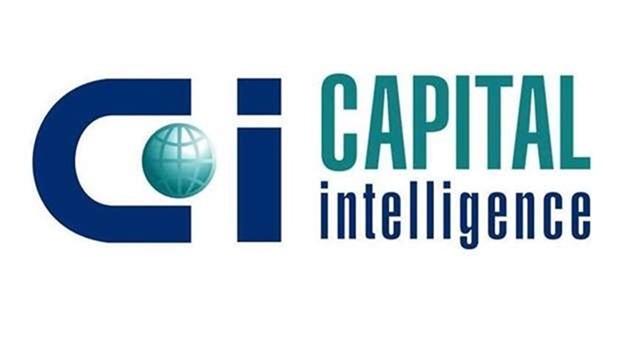Global credit rating agency Capital Intelligence Ratings (CI) has affirmed the long-term foreign currency rating (LT FCR) and long-term local currency rating (LT LCR) of Qatar at ‘AA-’.
The sovereign’s short-term FCR (ST FCR) and short-term LCR (ST LCR) have been affirmed at ‘A1+’. The outlook for the ratings remains "stable".
The ratings are supported by the country's strong external position, with significant current account surpluses and substantial government assets under the management of the sovereign wealth fund, the Qatar Investment Authority (QIA).
The ratings are also supported by the sovereign’s very large hydrocarbon reserves, high fiscal strength, and low domestic political risk.
CI said Qatar’s public and external finances are strong, reflecting persistent fiscal surpluses and substantial holdings of external assets.
During 2000-20, the budget surplus averaged around 9% of gross domestic product (GDP), a large part of which was invested in external assets. As a result, the QIA’s total assets are estimated to be in the region of $300bn (177% of GDP in 2021).
Qatar’s fiscal and external positions have also benefited from the rebound of hydrocarbon prices over the past year.
CI estimates that the current account registered a surplus of 8.5% of GDP in 2021 compared to a deficit of 2.5% in 2020, and "is expected to post large surpluses averaging 9% of GDP in 2022-23."
The budget surplus is expected to have doubled to 2.8% of GDP in 2021 against1.3% in 2020, and is slated to average 7.1% of GDP in 2022-23.
While the reliance on hydrocarbon revenues renders the public finances vulnerable to large declines in hydrocarbon prices, the government has "ample leeway" to respond to such shocks given the degree of expenditure flexibility and the size of fiscal buffers, it said.
CI notes that Qatar was the only Gulf country to register a budget surplus during the peak of the pandemic in 2020 as the shortfall in hydrocarbon revenues was partially offset by large cuts in public spending (primarily investment spending).
Gross central government debt (including short-term treasury bills and overdrafts from banks) fell to 82.2% of GDP in 2021, from 97.7% in 2020, according to CI’s estimates, reflecting the growth of nominal GDP and a large primary budget surplus.
CI expects debt dynamics to remain favourable in the coming years, resulting in a gradual decrease in the government debt ratio to 68.8% in 2023.
The rating agency found that total banking sector assets, as a share of GDP, was reasonably high at 291.5% in November 2021, reflecting high rates of domestic credit growth and the international expansion of local banks.
CI expects economic activity to continue to recover from the Covid shock over the next two years.
After contracting by 2.6% in 2020, real GDP is forecast to have expanded by 2.2% in 2021 and is projected to grow by an average of 3.6% in 2022-23, driven by a rebound in non-hydrocarbon GD, it said.
Non-hydrocarbon, particularly in the services sector, is expected to be supported by the hosting of the 2022 FIFA World Cup, it added.
In terms of the hydrocarbon sector, CI expects LNG export volumes to increase modestly, while production at Qatar’s maturing oil fields is expected to witness further declines.
Qatar’s ratings benefit from very large hydrocarbon reserves (around 12.9% of global gas reserves) and associated export capacity, which in turn provide the government with substantial financial means.
Given the large hydrocarbon exports and rather small population, GDP per capita stood at an extremely high $60,272 in 2021.

3202116193847795877646

